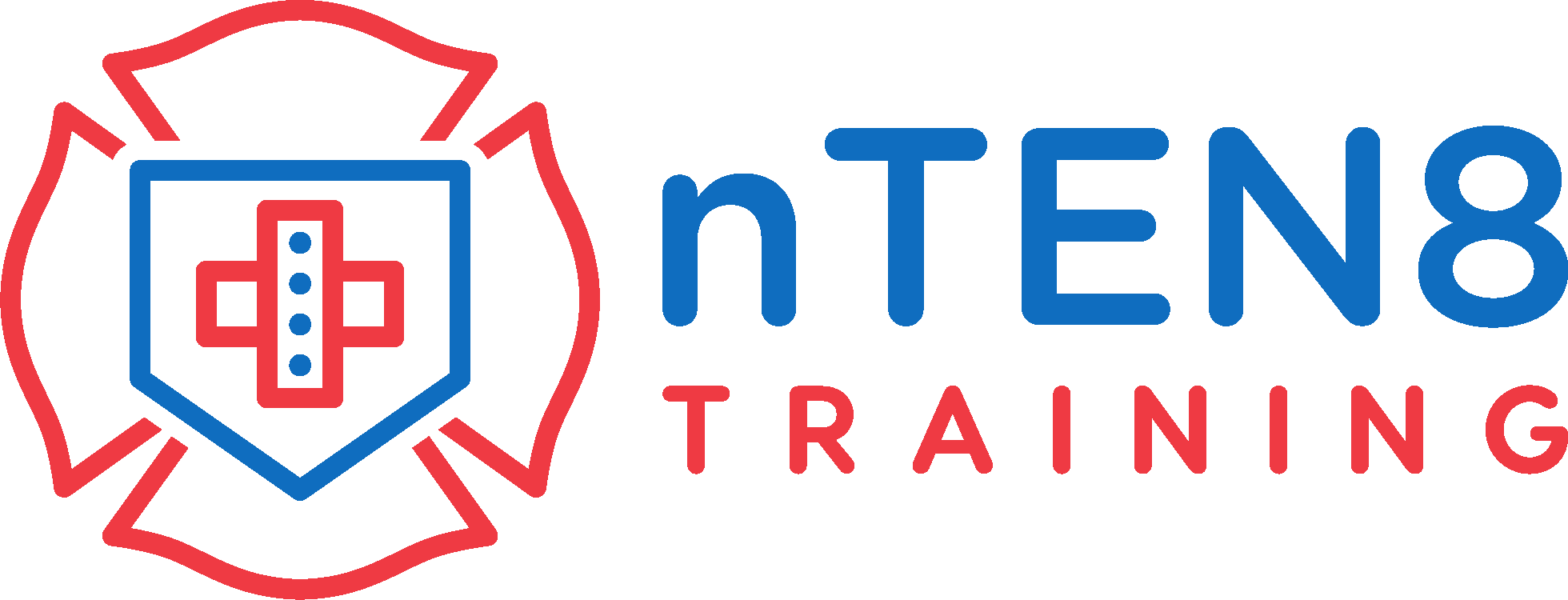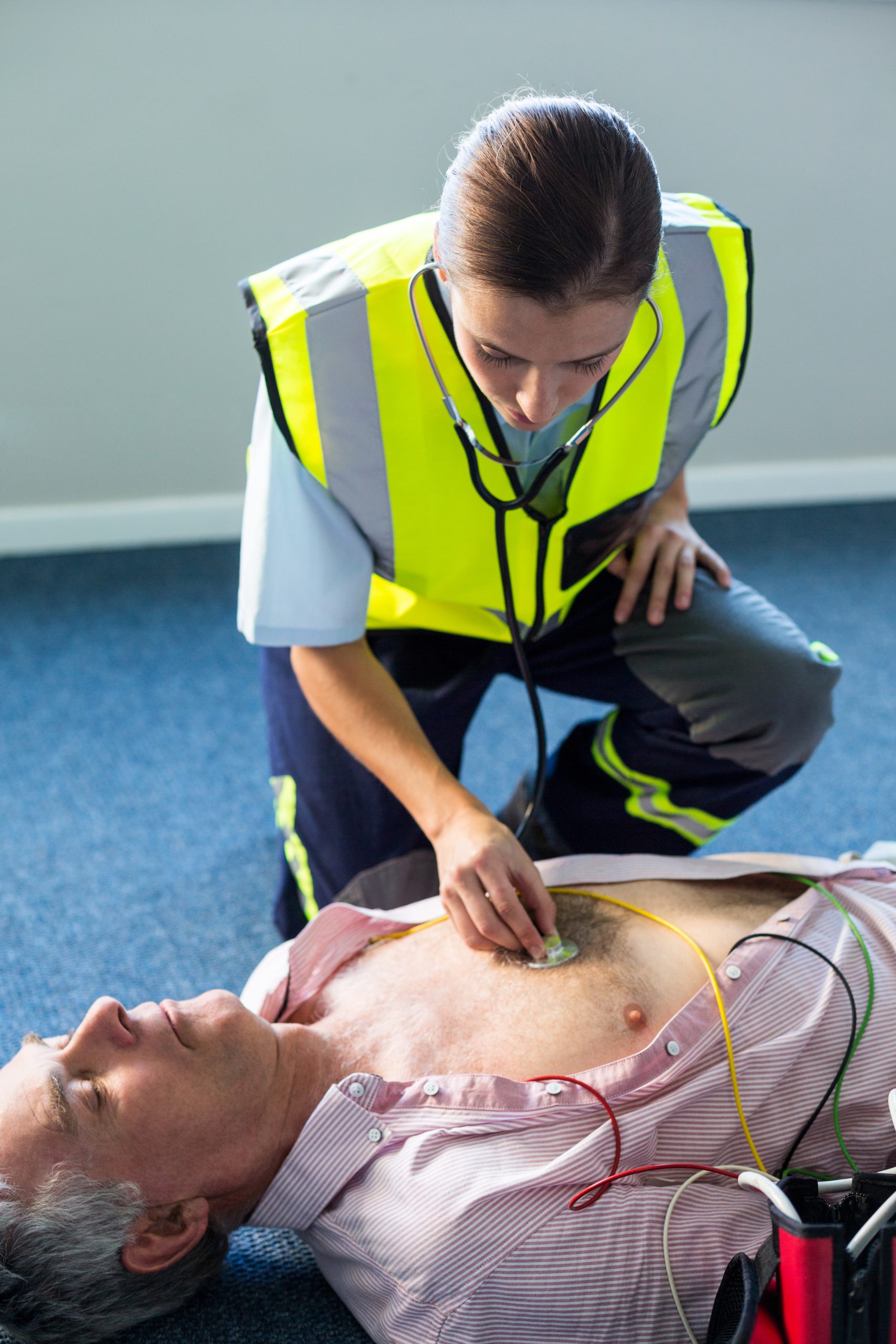Basic Life Support Level 1
Understanding BLS: Simplify the fundamental principles of Basic Life Support (BLS) for prompt emergency assistance.
CPR Deconstructed: Learn how to perform chest compressions and rescue breaths confidently during cardiac arrest.
AED Basics: Understand the importance of Automated External Defibrillators (AEDs) and how to use them effectively.
Choking Response: Gain the skills to identify and address choking emergencies, including administering the Heimlich manoeuvre.
Simulation Exercises: Participate in practical scenarios to reinforce BLS skills and boost confidence in emergency situations.
Lessons
Brief Description of Basic Life Support Level 1
Demonstrating comprehension of the following should be achievable upon the conclusion of this segment: the quality standards established by the Resuscitation Council UK (RCUK).
Module 2: Adult Basic Life Support
Module 3: Paediatric Modifications To Adult Basic Life Support
Module 4: Adult Foreign Body Airway Obstruction
Module 5: Paediatric Foreign Body Airway Obstruction
Module 6: Recovery Position

